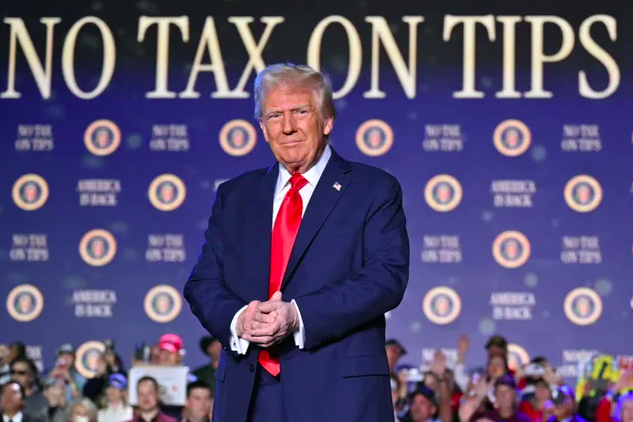Weak July Jobs Report Signals Steep September Rate Cut
The U.S. economy received a sobering update with the release of the July jobs report, revealing a downturn that may compel the Federal Reserve to consider a significant interest rate cut in September. The data, reflecting higher-than-expected unemployment and lackluster job creation, underscores mounting concerns about a potential recession.

According to the Bureau of Labor Statistics, the U.S. economy added a mere 87,000 jobs in July, a stark contrast to the anticipated 200,000. This underperformance marks a troubling deceleration in the labor market, further complicated by an uptick in the unemployment rate to 4.2%, up from 3.6% in June. The labor force participation rate also dipped slightly, exacerbating concerns about economic stagnation.
Breitbart’s economic analysis emphasizes that the rising unemployment rate and the anemic job growth have amplified the risk of a recession. “The surge in unemployment combined with disappointing job creation figures cements the likelihood of a significant rate cut by the Federal Reserve in September,” notes Breitbart Business Digest. This sentiment is echoed by market analysts who view the weak labor market data as a clear signal that the Federal Reserve must take decisive action to support the economy.
The Federal Reserve’s primary mandate includes maintaining maximum employment and price stability. With inflationary pressures moderating but unemployment rising, the Fed faces a delicate balancing act. The July jobs report has increased the urgency for the Fed to prioritize employment over inflation control, potentially leading to a rate cut of at least 50 basis points.
Kiplinger’s assessment aligns with this outlook, highlighting expert opinions that the Federal Reserve is likely to respond aggressively to the softening labor market. “Given the significant slowdown in job creation and the rising unemployment rate, the Fed is almost certain to implement a steep rate cut in September,” states Kiplinger. The report also suggests that the Fed’s previous rate hikes might have over-tightened monetary policy, necessitating a reversal to avoid further economic contraction.
Market reactions have been swift, with major stock indices experiencing volatility as investors recalibrate their expectations for future monetary policy. Bond markets have also responded, with yields on 10-year Treasury notes falling as traders anticipate lower interest rates.
The political implications of the July jobs report are significant. Conservative economists and policymakers argue that the weak job numbers validate their concerns about the detrimental effects of the current administration’s economic policies. They assert that excessive government spending and regulatory burdens have stifled business investment and job creation. This perspective is shared by many in the business community who advocate for a more pro-growth, deregulatory approach to stimulate the economy.
Conversely, progressive voices may downplay the significance of the July jobs report, focusing instead on the need for continued fiscal support to address structural inequalities in the labor market. However, this viewpoint appears increasingly untenable in light of the mounting evidence that the economy is losing momentum.
From a conservative standpoint, the Fed’s potential rate cut is seen as a necessary correction to counteract the negative impact of prior policy missteps. “The Federal Reserve must act decisively to reverse the economic damage caused by the current administration’s misguided policies,” argues a senior economist at a prominent conservative think tank. This sentiment underscores a broader critique of the administration’s handling of the economy and highlights the urgent need for a course correction.
The road ahead remains uncertain, with the September Federal Reserve meeting now taking on heightened importance. Policymakers must navigate the complex interplay of inflation, employment, and broader economic trends to chart a path forward. The weak July jobs report serves as a stark reminder of the challenges facing the U.S. economy and the critical decisions that lie ahead.
In the interim, businesses and consumers alike will be closely watching the Fed’s next moves, seeking clarity and stability in an increasingly uncertain economic landscape. The potential for a steep rate cut in September looms large, with the hope that such a measure will provide the necessary impetus to rejuvenate the labor market and avert a deeper recession.

